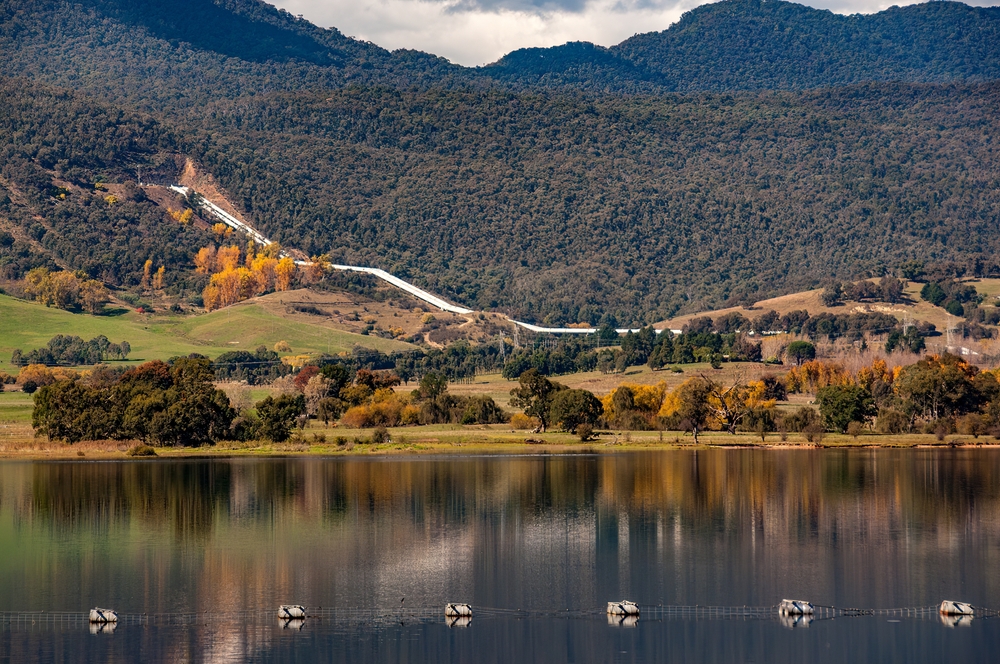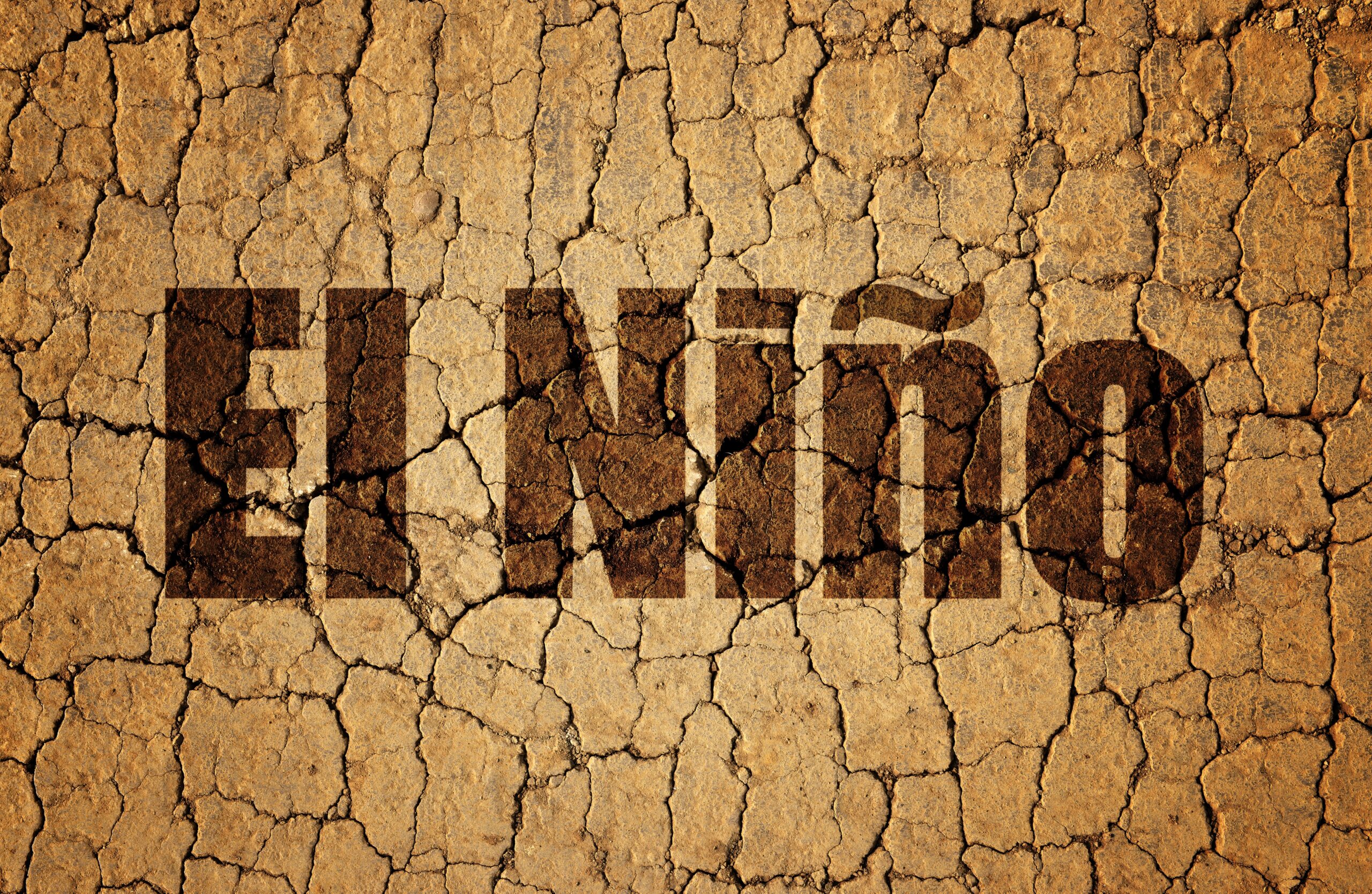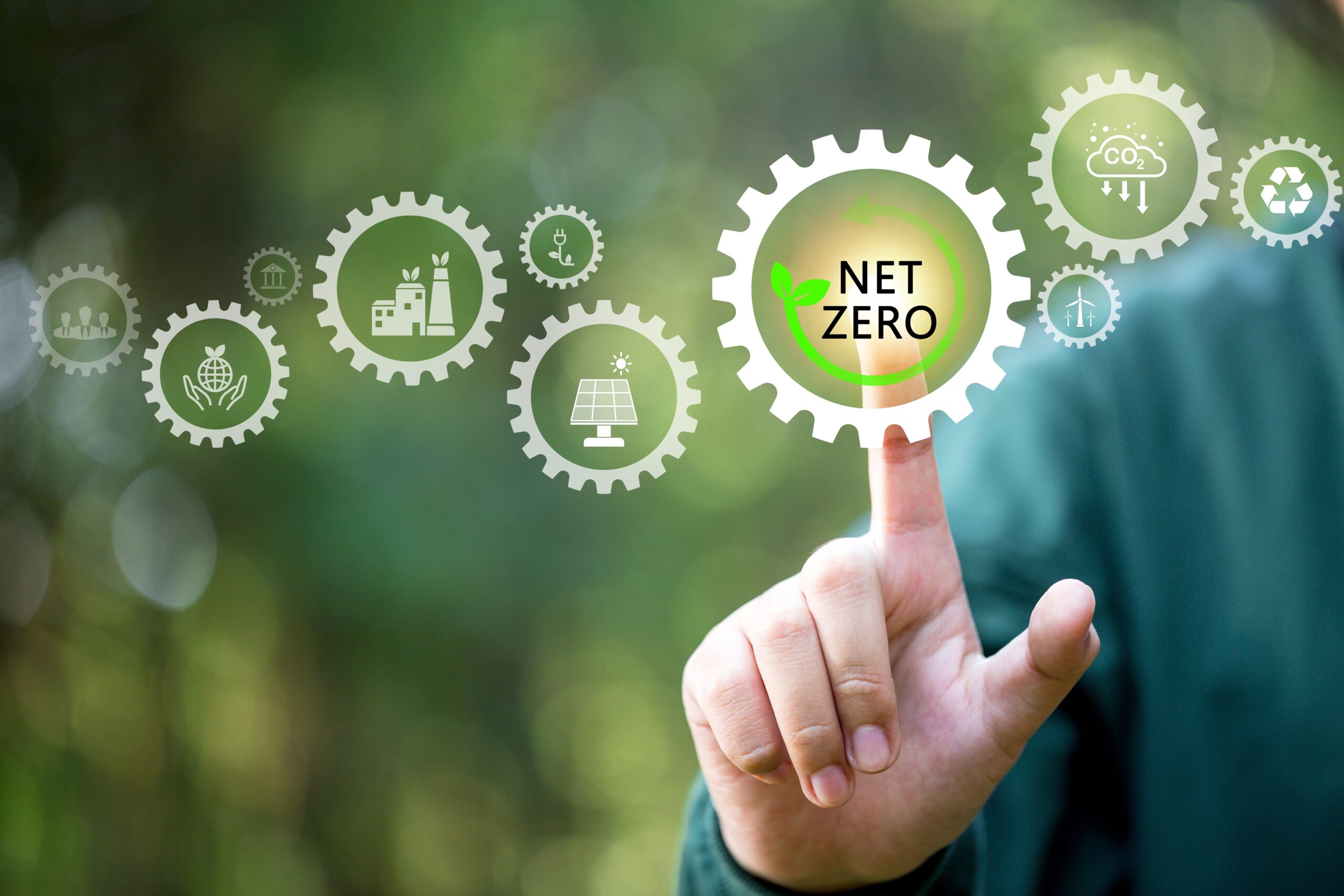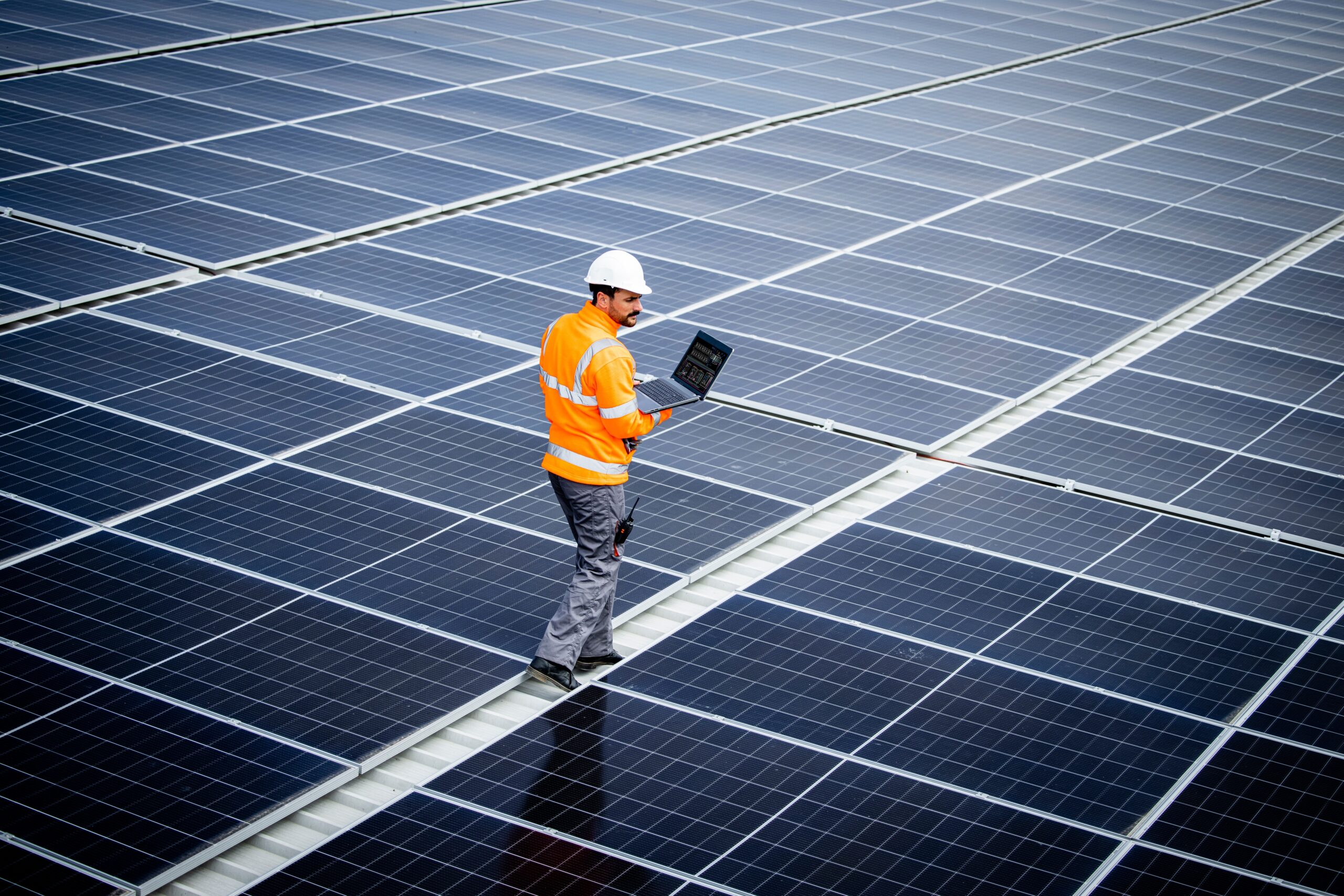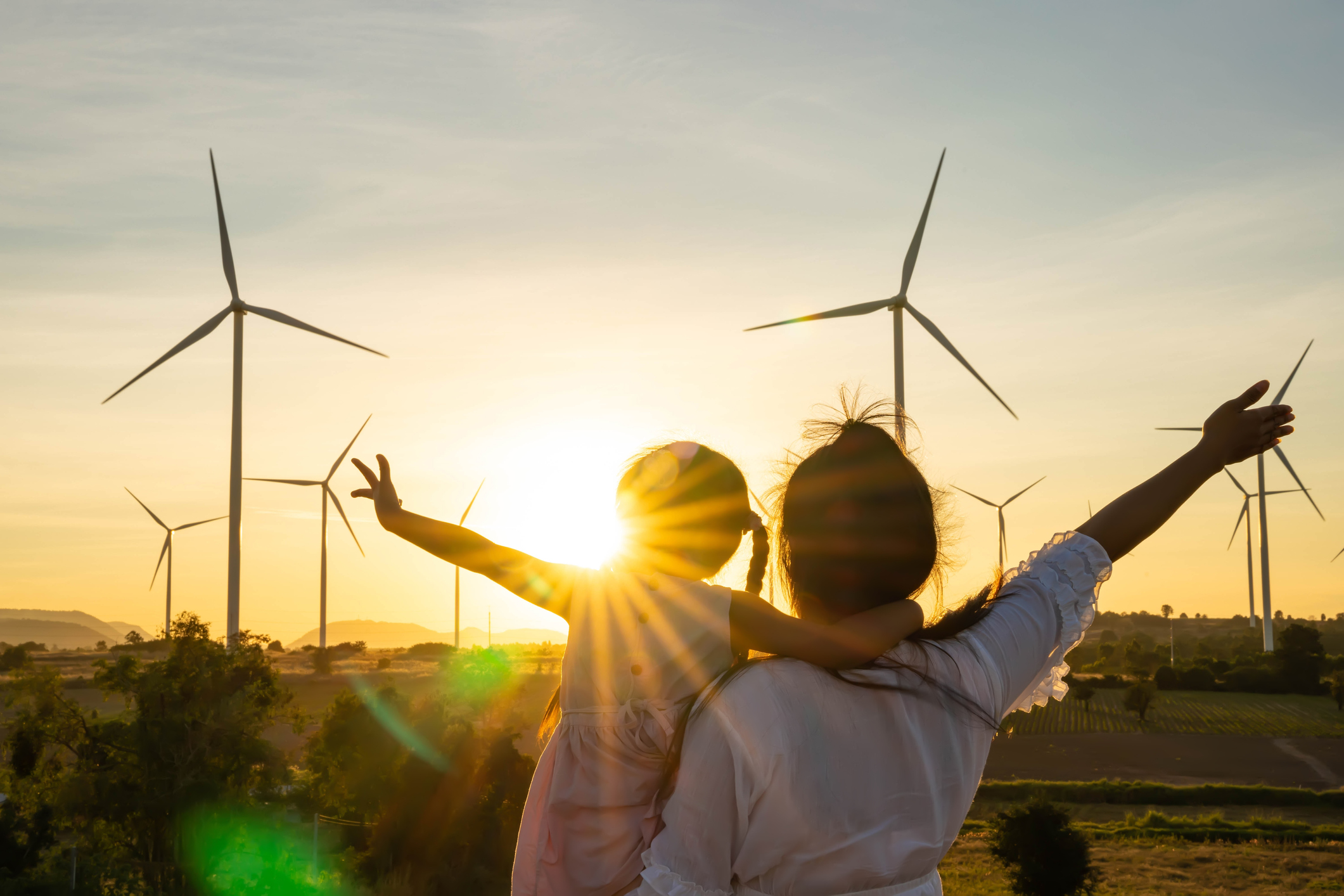The Snowy 2.0 project, a substantial hydroelectric storage initiative, has faced its share of challenges since the start of construction. The venture has seen costs escalate beyond initial projections, and technical difficulties emerged when the tunnel boring machine, Florence, encountered unexpected soft ground, slowing progress.
However, current conditions are looking up, and construction is pushing ahead toward a notable goal, the creation of an underground cavern that’s projected to be spacious enough to accommodate a 22-story building. This will be the core of a sophisticated energy system with a substantial storage capacity, projected to be fully operational by December 2028.
According to Snowy Hydro’s CEO, Dennis Barnes, the project is just over halfway done. Despite this, there’s still a significant amount of risk management needed as the project moves forward.
The Florence machine, essential for tunnelling, has resumed its journey after being stalled but must increase its pace to keep the project on schedule. The team is considering adding a fourth boring machine to maintain momentum.
This project is vital for the energy transition in the National Electricity Market (NEM). It will provide much-needed stability, especially during periods when renewable energy sources like solar and wind are not producing power. It’s also instrumental in allowing older coal plants to be retired and making way for new renewable energy capacity.
Regardless of its critical role in supporting renewable energy targets, Snowy 2.0 has been criticised for its escalating costs, including the significant investment required for associated transmission infrastructure.
Despite challenges, Snowy 2.0 is progressing and remains a key component of Australia’s shift towards renewable energy.
This is a summary article from Edge2020 – read the original article.
Looking to reduce your business’s energy expenses without any extra cost? Edge Utilities makes it possible through collective purchasing, which enables you to unlock substantial savings. Our focus is on empowering SMEs like yours by fetching the most competitive rates available. You can get in touch with us by emailing us at save@edgeutilities.com.au or calling us at 1800 334 336. Start saving today with Edge Utilities!

